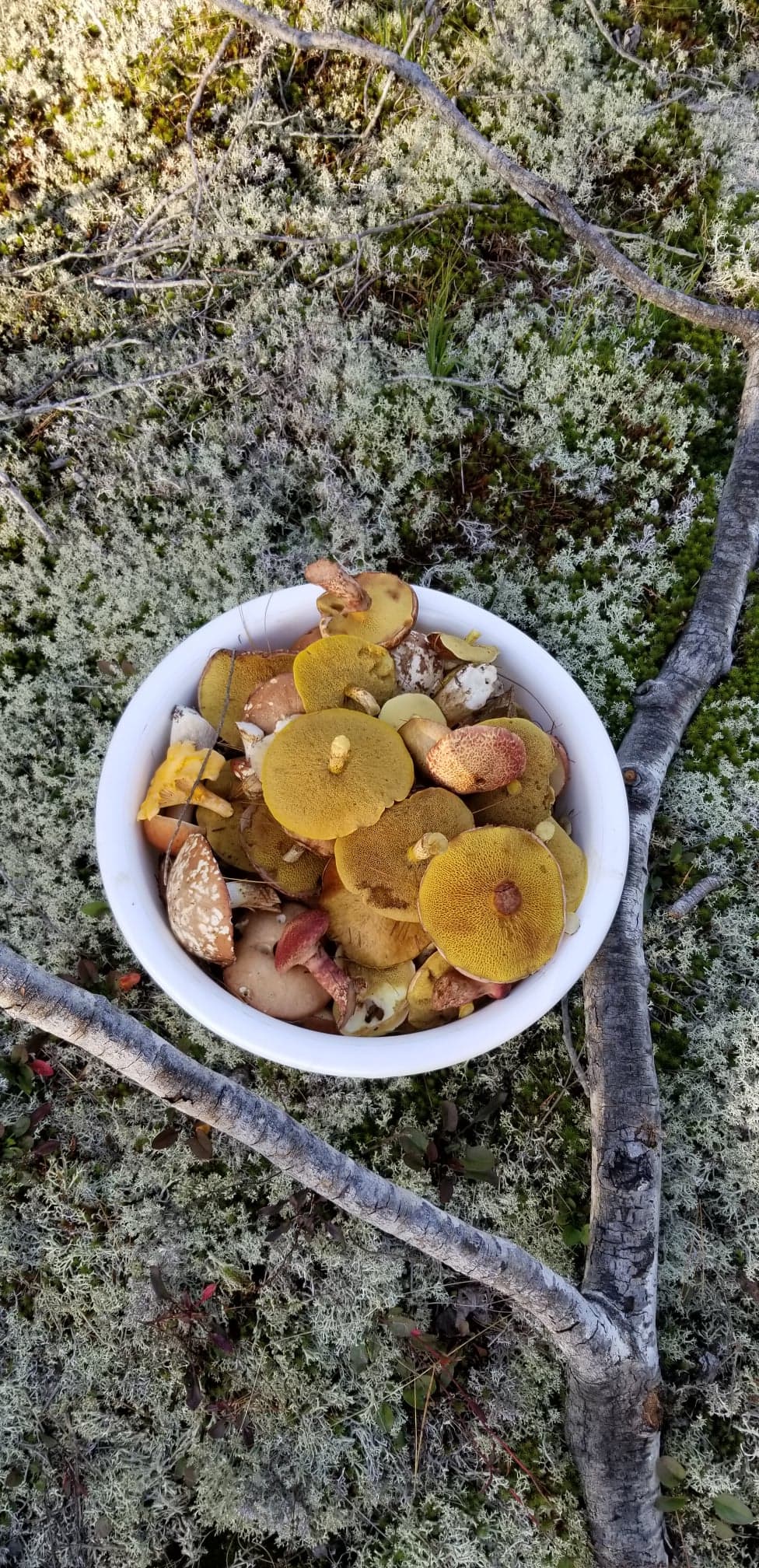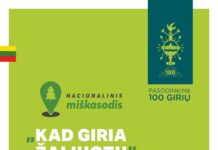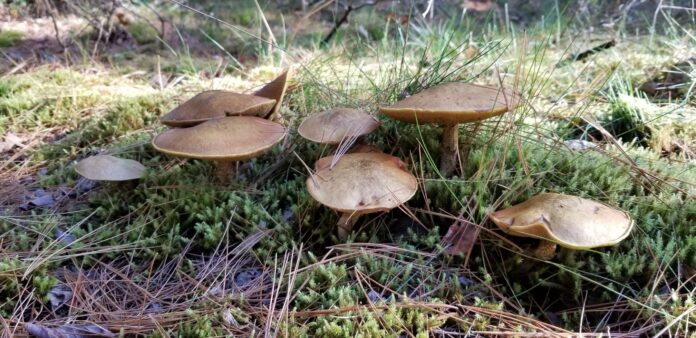
September marks the end of summer, but also heralds the season of fall foraging. Lithuanian cuisine is unimaginable without mushrooms, and in Lithuania, mushroom-gathering is second only to basketball as a national pastime.
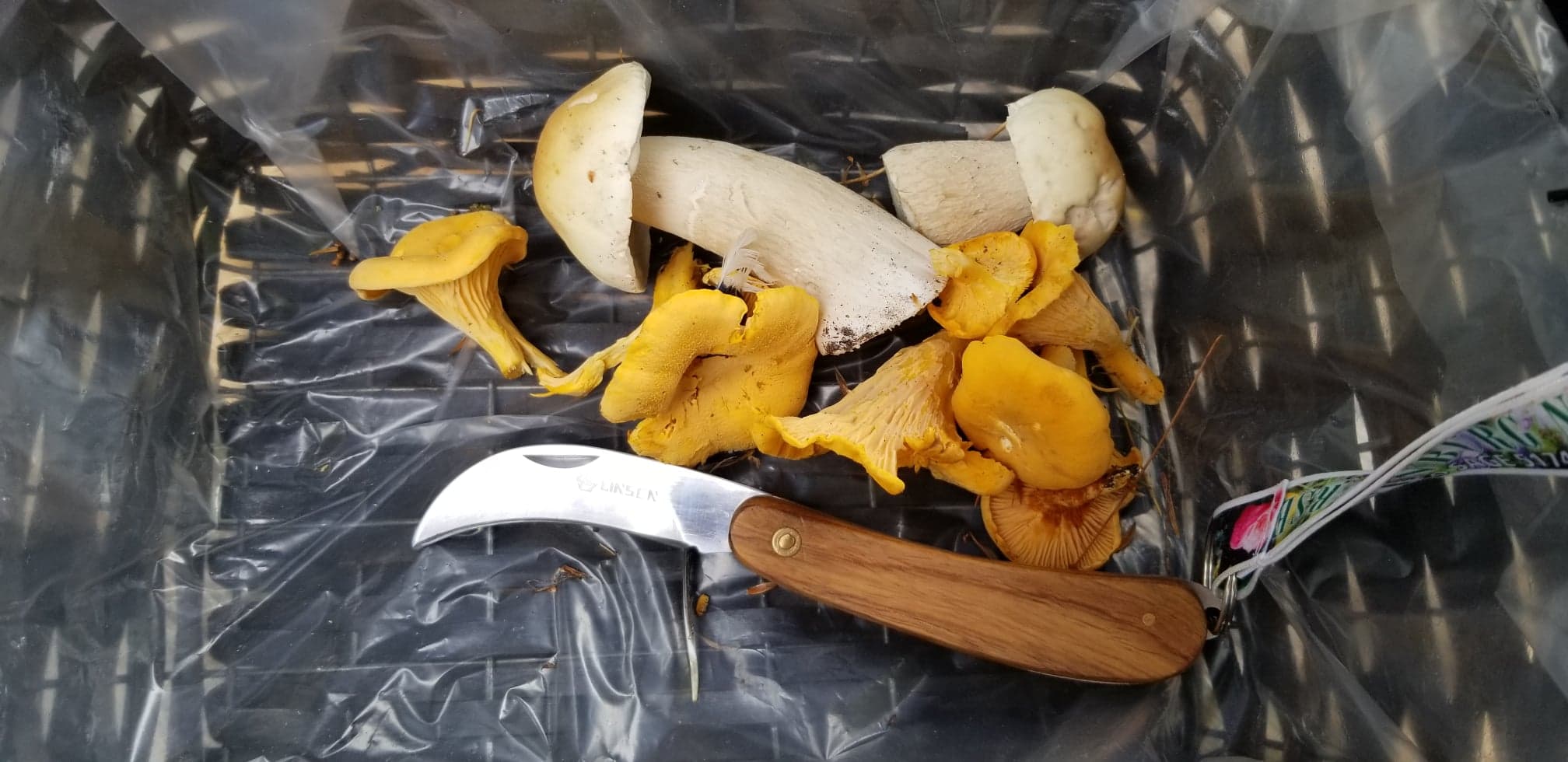 The most famous Lithuanian mushroom, star of many folk tales, is the “baravykas”, or boletus edulis, known as king mushroom, porcini or cep. Who knew that “our” favourite mushroom is also well-known in Italian and other cuisines? Available fresh and dried in farm markets in Lithuania, the “king” is prized for its stout flesh and deep flavour. Other popular mushrooms are the bright, fluted “voveraitės” (little squirrels), or chanterelles, which we can find ready picked and marinated in jars at various European grocery stores.
The most famous Lithuanian mushroom, star of many folk tales, is the “baravykas”, or boletus edulis, known as king mushroom, porcini or cep. Who knew that “our” favourite mushroom is also well-known in Italian and other cuisines? Available fresh and dried in farm markets in Lithuania, the “king” is prized for its stout flesh and deep flavour. Other popular mushrooms are the bright, fluted “voveraitės” (little squirrels), or chanterelles, which we can find ready picked and marinated in jars at various European grocery stores.
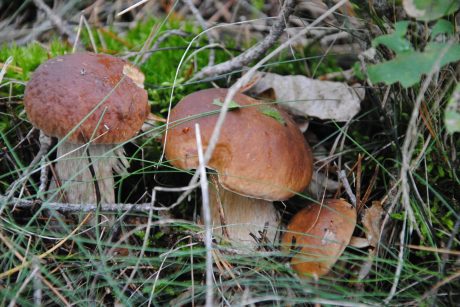 Foraging, mostly of mushrooms and berries is celebrated in many countries as a way to reconnect with nature and food. Our immigrant parents and grandparents brought their love of mushroom-picking to Canada, and it became a goal for weekend excursions to wooded areas.
Foraging, mostly of mushrooms and berries is celebrated in many countries as a way to reconnect with nature and food. Our immigrant parents and grandparents brought their love of mushroom-picking to Canada, and it became a goal for weekend excursions to wooded areas.
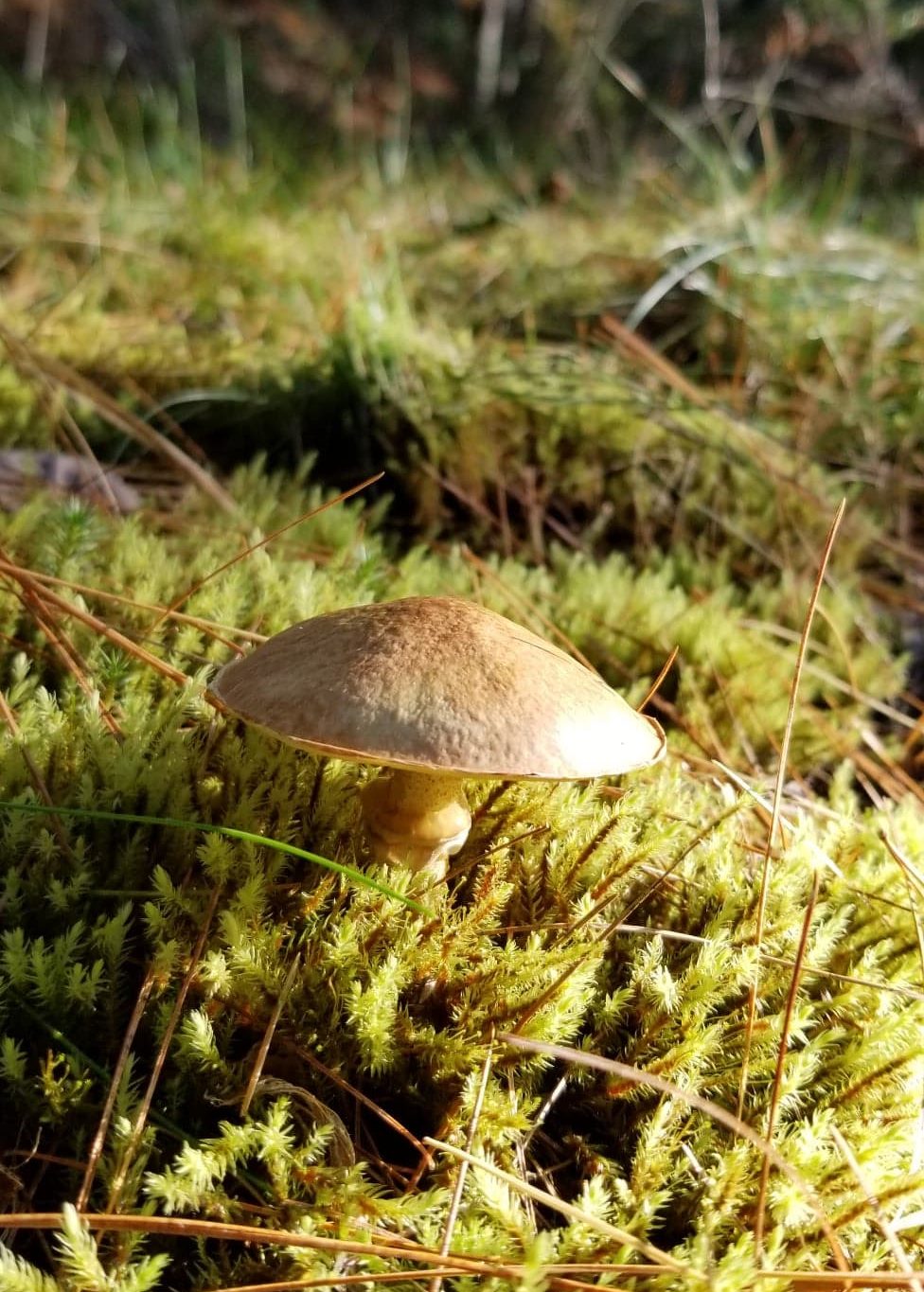 Community lore about mushrooms is rare – stories were often whispered about so-and-so who found king boletus but kept their location secret. Commonly found were “kazelėkai”, or slippery jacks (Suillus luteus), which are rich in anti-oxidants but too slimy for many tastes.
Community lore about mushrooms is rare – stories were often whispered about so-and-so who found king boletus but kept their location secret. Commonly found were “kazelėkai”, or slippery jacks (Suillus luteus), which are rich in anti-oxidants but too slimy for many tastes.
Every article and anecdote about mushrooms and near-death experiences warns that novice foragers should do their research before they venture out. Besides finding an experienced collector to go with, the best way to learn about edible mushrooms is through a group such as the Mycological Society of Toronto (http://www.myctor.org/), which offers a wealth of information as well as field trips. For starters, many helpful articles can be found online, and some books to take with you are: Wild Edible Mushrooms of Ontario: A Field Guide; How to Forage for Mushrooms Without Dying: An Absolute Beginner’s Guide; and the Peterson Field Guide to Mushrooms of North America.
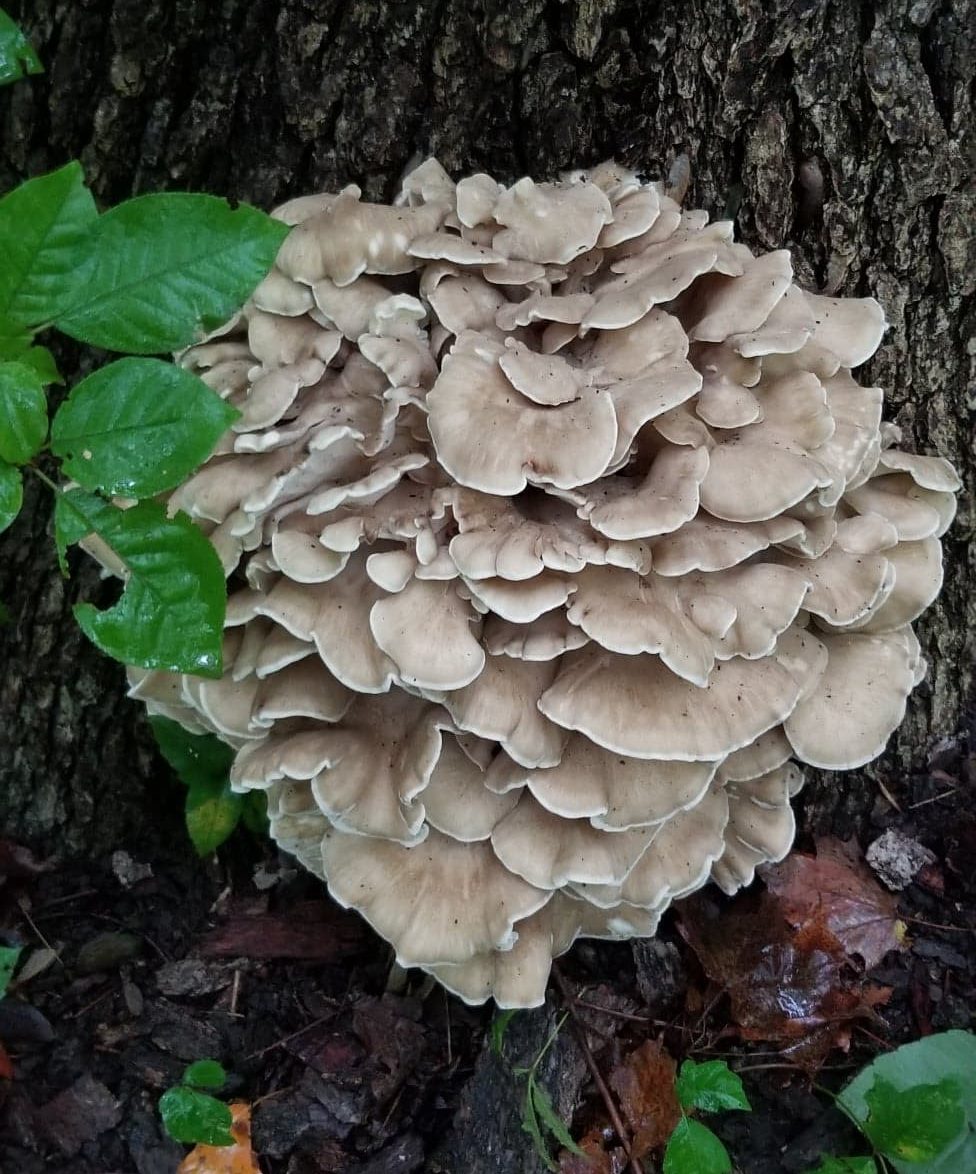 Mushrooms are some of the most incredible living things on earth, and there are plenty growing in city parks. “They have cured diseases, have some of the most sophisticated root systems on the planet, possibly offer solutions for climate issues, and taste amazing in risotto”, writes one blogger. “Mushrooms are super intelligent, and many poisonous varieties have developed to mimic their edible cousins in appearance. But take heart! There are a handful of mushrooms that are great for beginners to hunt, like the lobster mushroom, that don’t have poisonous counterparts.
Mushrooms are some of the most incredible living things on earth, and there are plenty growing in city parks. “They have cured diseases, have some of the most sophisticated root systems on the planet, possibly offer solutions for climate issues, and taste amazing in risotto”, writes one blogger. “Mushrooms are super intelligent, and many poisonous varieties have developed to mimic their edible cousins in appearance. But take heart! There are a handful of mushrooms that are great for beginners to hunt, like the lobster mushroom, that don’t have poisonous counterparts.
In Ontario, plant foraging is allowed on Crown land and elsewhere if it is for personal consumption. Some municipalities, such as the City of Toronto, ban foraging in city-run parks, forests, and ravines. The province prohibits the harvesting of any plant listed as endangered or threatened.
A special Lithuanian treat is mushroom soup served in a round loaf of rye bread. Of course there are as many recipes available as there are mushrooms, but below is one example. Perhaps an entire loaf is excessive – so a large bun might be a good alternative.
Ingredients:
2 small rye or pumpernickel loaves or large buns
½ lb mushrooms of choice
2 garlic cloves
1 small onion
3 cups (or more) broth
2-3 medium potatoes
Salt, pepper, herbs (parsley, dill, thyme) to taste
Sour cream
Directions:
Cut a circle into the top of the loaf or bun, remove crust and crumbs for another use. Sauté mushrooms, onions and garlic in butter or oil. Peel, dice and boil potatoes in broth. Add mushroom mixture, herbs, heat for a few minutes. Pour into bread bowls, garnish generously with sour cream.
